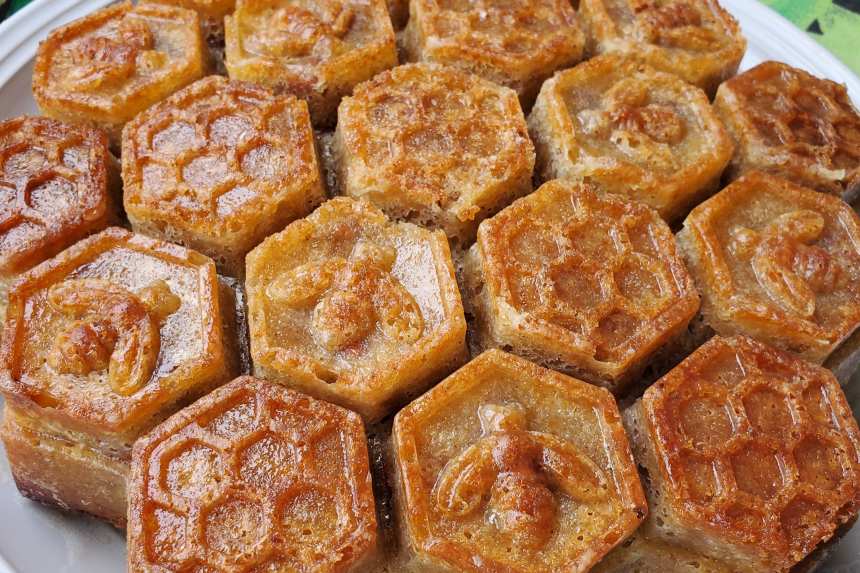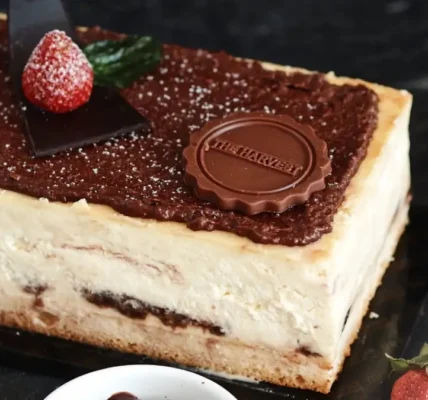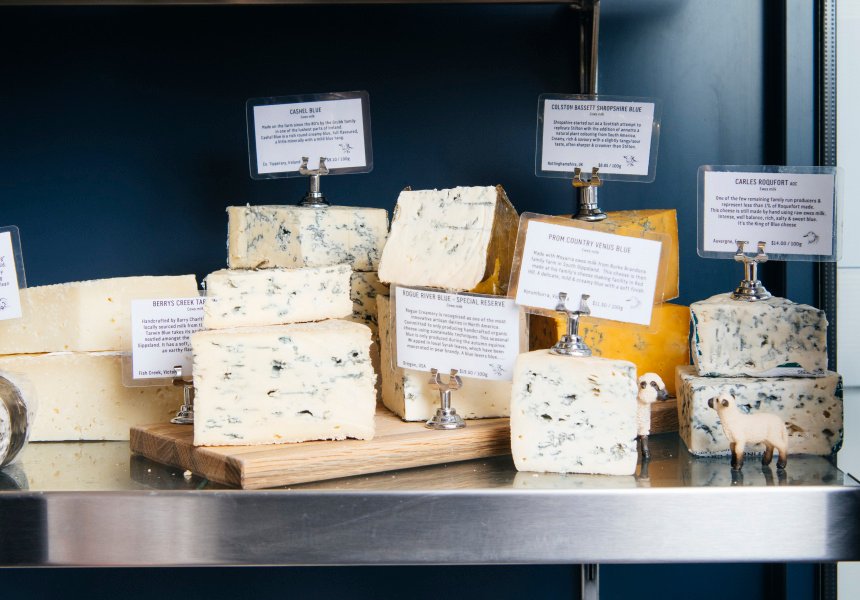Honey cakes have a long and flavorful history that transcends borders and cultures. These delightful confections, sweetened naturally with honey, have become a symbol of tradition, celebration, and comfort in many parts of the world. From spiced European loaves to delicate Middle Eastern treats, honey cakes offer a rich tapestry of textures and flavors. Let’s embark on a journey around the globe to discover how different countries interpret and enjoy honey cakes.
The Ancient Origins of Honey Cakes
The history of honey cakes dates back thousands of years. Ancient Egyptians used honey as a sweetener in cakes offered to their gods. In ancient Greece and Rome, honey cakes were used in both religious ceremonies and daily indulgences. These early versions were often simple, made from crushed grains and honey, but they laid the foundation for what would become a beloved dessert worldwide.
Eastern European Honey Cake Traditions
In Eastern Europe, particularly Russia and Ukraine, honey cakes are a staple in both daily life and festive occasions. One of the most iconic versions is Medovik, a multi-layered honey cake with thin sheets of honey-infused dough alternated with a creamy filling made of sour cream or condensed milk. The flavor deepens over time, making it a popular make-ahead dessert. Medovik is known for its delicate sweetness and balanced tang, offering a complex profile that captures the heart of Eastern European baking.
Poland is home to the traditional Piernik, a spiced honey cake often made with rye flour, ginger, cloves, and cinnamon. This cake is particularly popular during Christmas and is sometimes filled with plum jam or coated in chocolate. Piernik from the city of Toruń holds a special status and is even protected as a geographical indication, showcasing how deeply honey cakes are rooted in regional pride.
Middle Eastern and Mediterranean Honey Cakes
In the Middle East and Mediterranean, honey cakes take on new textures and flavor combinations. A popular version in Jewish cuisine is Lekach, a dense and moist honey cake served during Rosh Hashanah, the Jewish New Year. This cake is flavored with coffee, tea, orange juice, and warm spices like cinnamon and nutmeg, symbolizing hopes for a sweet year ahead.
Greek Melopita, or honey pie, is a unique variation made primarily on the islands. It uses fresh cheese such as mizithra or ricotta combined with eggs and honey, resulting in a custard-like texture. Though technically a pie, its sweet profile aligns closely with other honey cakes. Another Greek variation includes honey-soaked semolina cakes like Revani, which are light yet syrupy and loved throughout the region.
In Arab cultures, honey is frequently used in cakes such as Basbousa, made with semolina and drenched in honey syrup. Though not always referred to as a honey cake, the essence of honey dominates the flavor, and the moist texture provides a satisfying finish.
Western Europe’s Take on Honey Cakes
Germany offers the famous Lebkuchen, often mistaken for gingerbread but heavily reliant on honey as its primary sweetener. Originating from medieval monasteries, these honey cakes are baked with nuts, citrus peels, and an array of spices. Lebkuchen is a Christmas favorite and can range from soft and chewy to crisp and decorated.
In France, Pain d’épices stands out as a classic honey cake. Originating in Dijon, this spiced loaf cake incorporates rye flour and a mix of spices such as anise, cinnamon, and cloves. It’s often served with foie gras or cheese but is equally delicious as a sweet treat. Pain d’épices celebrates the robust and aromatic qualities of honey in an earthy, rustic form.
Asian Interpretations of Honey Cakes
Though less traditional in Asia, honey cakes have found their place in modern fusion desserts. In Japan, the Castella cake is a popular sponge cake that sometimes features honey as a flavor enhancer. This cake, originally brought by Portuguese missionaries, has been adapted into a delicately moist and fine-grained dessert, where honey lends its unique softness and aroma.
In China, mooncakes made during the Mid-Autumn Festival occasionally incorporate honey in the dough or filling. While not strictly a honey cake, the infusion of honey imparts a distinct depth of flavor that sets it apart from other pastries.
India also offers various honey-infused sweets. While not all are categorized specifically as cakes, Indian desserts like honey-drenched malpua or jaggery-and-honey sweets play a similar role in showcasing the sweetness and richness honey brings to flour-based confections.
North and South American Variations
In the United States, honey cakes have been embraced in both traditional and modern ways. American Jewish communities bake variations of Lekach for Rosh Hashanah, while contemporary bakers experiment with honey-lavender or honey-almond cakes. The Southern tradition of using honey in cornbread-style cakes and pound cakes also reflects the region’s agricultural heritage.
In Latin America, honey cakes are not as commonly identified by name, but ingredients like panela or piloncillo (raw sugar similar to molasses or honey) play a similar role. In Mexico, you might find honey used in spiced cakes or in sweets like Capirotada, a type of bread pudding that uses syrupy sweeteners and shares similarities with dense honey cakes.
The Universal Charm of Honey Cakes
No matter the continent or culture, honey cakes possess a universal appeal. Their ability to adapt to local ingredients, customs, and flavors is part of what makes them so beloved. Whether paired with nuts and spices or enriched with cheese and cream, honey cakes bridge the gap between tradition and innovation.
The natural preservative quality of honey also makes these cakes ideal for gifting and storing, a practical feature that has helped sustain their popularity through generations. Many honey cakes taste better after a day or two, as the flavors continue to deepen and meld, making them perfect for celebrations, festivals, and long-kept family traditions.
Modern Innovations and Future Trends
Today, bakers around the world continue to reimagine honey cakes. Vegan honey cakes made with agave syrup or apple-based substitutes are emerging for those avoiding animal products. Gluten-free versions using almond or rice flour cater to dietary needs while preserving the cake’s essence. Creative pairings like honey with matcha, lavender, or citrus open up new dimensions in flavor, keeping the tradition alive for modern palates.
Artisanal honey varieties also influence how honey cakes taste, offering floral, herbal, or even smoky notes depending on the bees’ nectar sources. This elevates the experience and connects the eater not just to a recipe, but to the land and season in which the honey was harvested.
Conclusion
Honey cakes are much more than just a dessert. They are carriers of culture, symbols of celebration, and testaments to culinary adaptability. From the spiced loaves of Europe to the syrupy delights of the Middle East and the creative fusions of the Americas and Asia, honey cakes continue to evolve while honoring their rich history. Whether you enjoy them dense and rich or light and airy, discovering the many variations of honey cakes around the world is a sweet journey worth taking.




